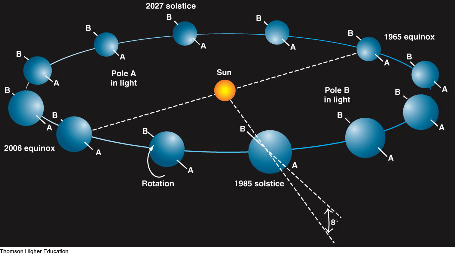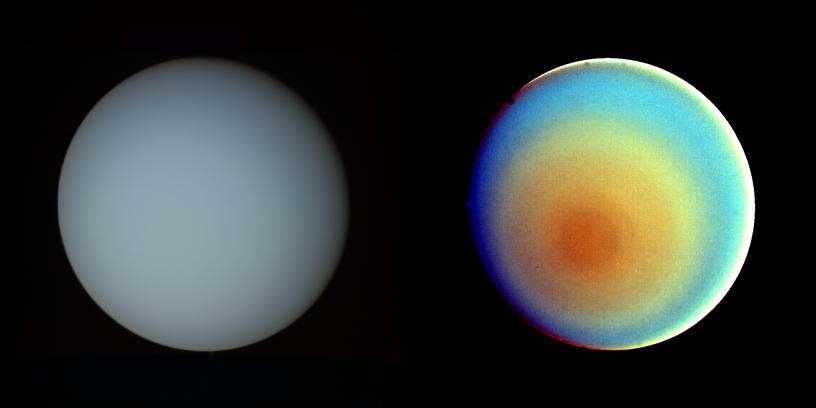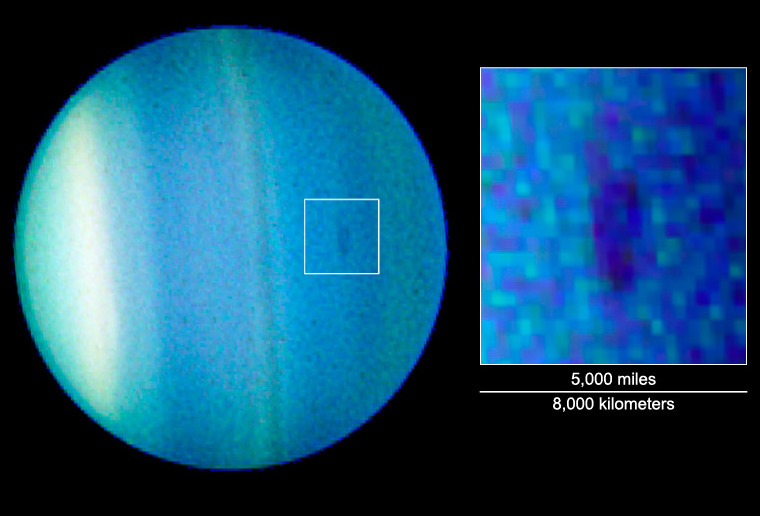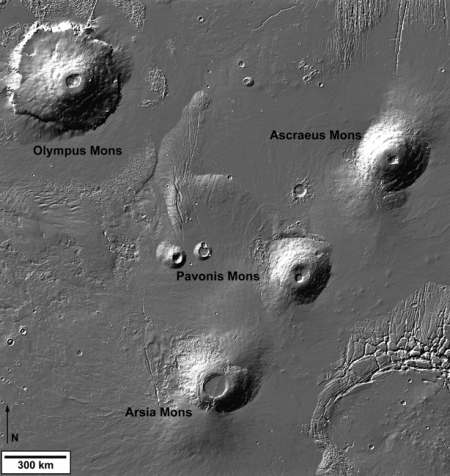[/caption]
Go ahead and say Uranus. Feel free to giggle if you like. I know, I know, it sounds like a dirty word. So what is the proper pronunciation of Uranus. Is there a way to talk about it without having school kids giggle.
The standard way to pronounce Uranus among astronomers is to put the emphasis on the first syllable “ur” and then say the second part “unus”. This is the standard literary pronunciation. The more common way people have pronounced it is u-ra-nus, with the “ra” sounded like “ray”.
The truth is that all the different ways of pronouncing Uranus are perfectly fine, even the way that sounds a little dirty.
We have written many articles about Uranus here on Universe Today. Here’s an article about the rings of Uranus seen edge on. And here’s one about a dark spot in its clouds.
If you’d like more info on Uranus, check out Hubblesite’s News Releases about Uranus. And here’s a link to the NASA’s Solar System Exploration Guide to Uranus.
We have recorded an episode of Astronomy Cast just about Uranus (we even talk about how to pronounce it). You can access it here: Episode 62: Uranus.








